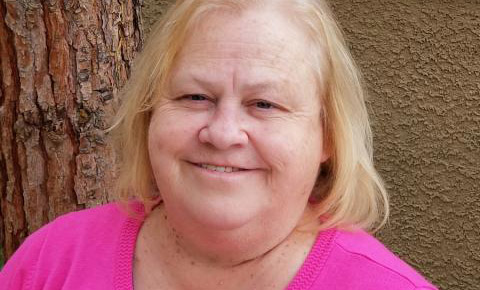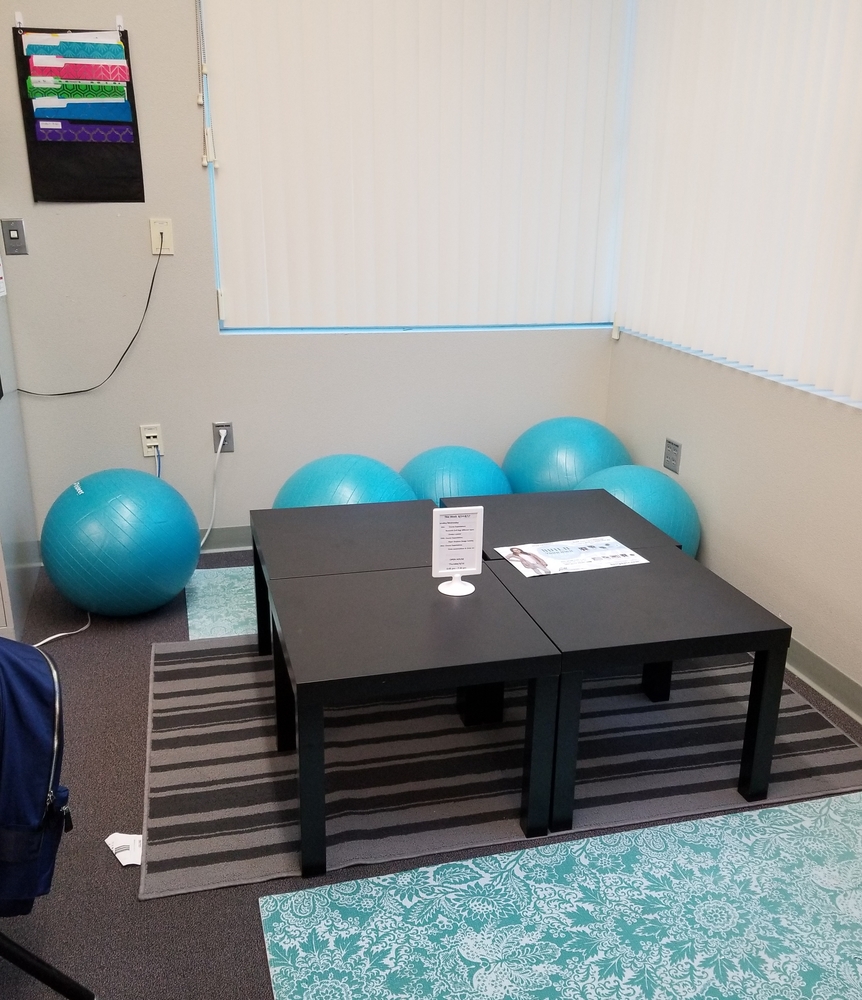Denise Burton was named one of six 2018 Nevada STEM Teachers of the Year by the Governor’s Office of Science, Innovation and Technology. “With a Bachelor’s of Science degree in Civil Engineering and a Masters of Secondary Education, Ms. Burton worked as a civil engineer for 25 years before changing professions to become a teacher. She taught various levels of mathematics for approximately 8 years. This included 5 years at East Career and Technical Academy, four of them as the mathematics department chairperson, and 2 of them working with the Construction program to co-teach geometry with construction. She is currently teaching Engineering as well as Design Drafting at Northwest Career and Technical Academy and has finished her first year as a CTE program teacher. Throughout her career as a core subject teacher, she has brought her real-world experience into the classroom to make the concepts relatable to the students, using project-based learning. Now as a program teacher, she is able to continue this philosophy to connect engineering and design concepts with students’ core subjects through project-based learning.”

Denise, congratulations on being named STEM Teacher of the Year! How has the title affected you and your work?
I don't think it has changed how I present myself to my students. My plaque that is displayed in my classroom did get noticed by parents during Open House. That was nice to hear congratulations from them. For parents that didn't know me, I think it gave them some confidence in their students being in my class. I think it has also provided some opportunities to share my thoughts with people that I have met through the process. I hope to continue to have a voice to share issues in education and specifically in STEM and [Career Technical Education].
You are an advocate for STEM and CTE, perhaps influenced by your extensive background in engineering. What brought you from the field of civil engineering to teaching?
I have always had a passion for education. When I worked as a civil engineer most of my team was made up with new engineers fresh out of college. I spent a lot of my time training these engineers. It was always a favorite part of my job. When I decided to leave the field, education was my first thought. I wanted to be able to bring my experiences to the kids and help them see why their education was important and how things like math and science are used in the real world. Now as an engineering teacher, I am able to share even more of my experiences with my students.
Your experience as an engineer allows you to bring a real-world context to your STEM instruction. How else has your experience as an engineer impacted your teaching?
Engineering is a problem-solving field. Teaching is also a problem-solving field. Teachers are constantly looking for ways to improve their teaching, their classroom, and the students’ experiences. There were times when I was teaching math without textbooks because Common Core had just been adopted and [textbooks] weren't available yet. These problems had to be solved and the students couldn't wait for us to have textbooks. So I take that problem-solving attitude into my classroom. I work to identify the problem or challenge and then work to find ways to solve it. In those math classes, I found resources that were available, worked on the Cadre to train teachers and developed activities and lessons with my peers. I do the same thing in my engineering classes. Look for resources, contacts, [and] industry professionals to get my students experiences in the industry that help them understand the field and get excited, hopefully, about being an engineer.

Another problem you solved in your classroom was the seating situation. You used the STEM Teacher of the Year award, sponsored by Link Technologies, to create a flexible classroom. What impact has that had on the students?
I had the students do a proposed layout of what they would like to see in their classroom at the end of last year. It was such a great experience to see them come in and their eyes light up when they saw the new layout, the seating options, and some of their ideas incorporated. Three weeks in I continue to hear, "I love this classroom" and "It's so nice to not have to sit in a chair" as they are balancing on yoga balls. I have students that were in my class last year and it was difficult to keep them on task and in their seats. This year those same students may choose a yoga ball or an active stool and while they are still a little "bouncy" or moving on their stool, they are now on task and at their desk. They are no longer the ones looking for an excuse to be out of their seats. That is a win in my book!
It has been a few months since receiving the STEM Teacher of the Year award. Have you had any exciting opportunities since then?
This summer I was chosen to attend an externship at TESLA's Gigafactory. That experience was a great illustration of the use of STEM in industry. I have been able to take that experience and share it with 40 of our students by now taking them to TESLA's Gigafactory on a tour as well as interview and resume workshops in October. The students [were] able to see firsthand how math, science, and engineering are combined to work in a manufacturing environment that is groundbreaking in its technology use.
What is one piece of advice for teachers who want to increase access to STEM?
Look outside of your content area and find connections. Math is better taught in applications - those applications typically involve science, technology, and engineering. And the reverse is also true; Work more with problem- and project-based learning. These types of lessons teach students more than just practicing any kind of problems. If you aren't trained in this - research, reach out, and try! The kids need us to be willing to step outside of the box if we want them to continue to step out of the box!
Thank you, Denise! Best of luck during the 2018-2019 school year!